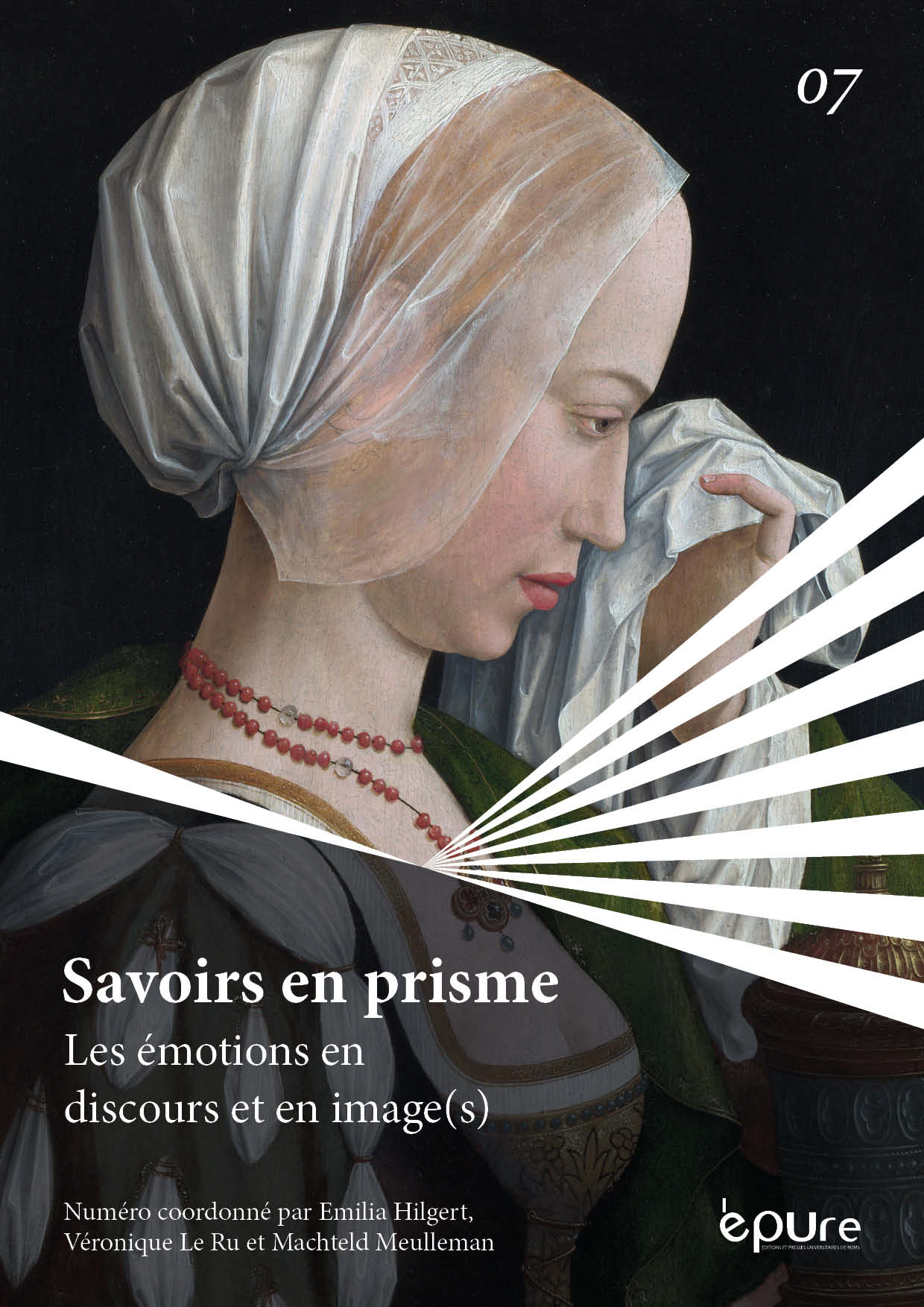« Quelle âme ? » : l’expression des émotions dans les discours sur les arts de la marionnette
Abstract
Didactic and above all technical texts are supposed to be free of any expression of emotion even when they deal with artistic activities such as the art of puppetry. It seems however that a theoretical approach that accounts for qualitative inequalities together with a comparative approach of texts belonging to different discourses lead on the contrary to ruling out the existence of the principle of isonomy in any texts. This study isolates the semantic forms linked to the theme of the imitation of the human figure when it is endowed with strong intensity. Quite remarkably since “emotion” etymologically means “to set in motion”, these manifestations of emotion occur in passages dealing with the technical means used to set the puppets or marionettes in motion. But the cause of this movement as a semantic role in the narrative is systematically marginalized or suppressed, which amounts to representing these puppets as beings in their own right.
Copyright (c) 2020 Savoirs en prisme

This work is licensed under a Creative Commons Attribution-NonCommercial-ShareAlike 4.0 International License.


